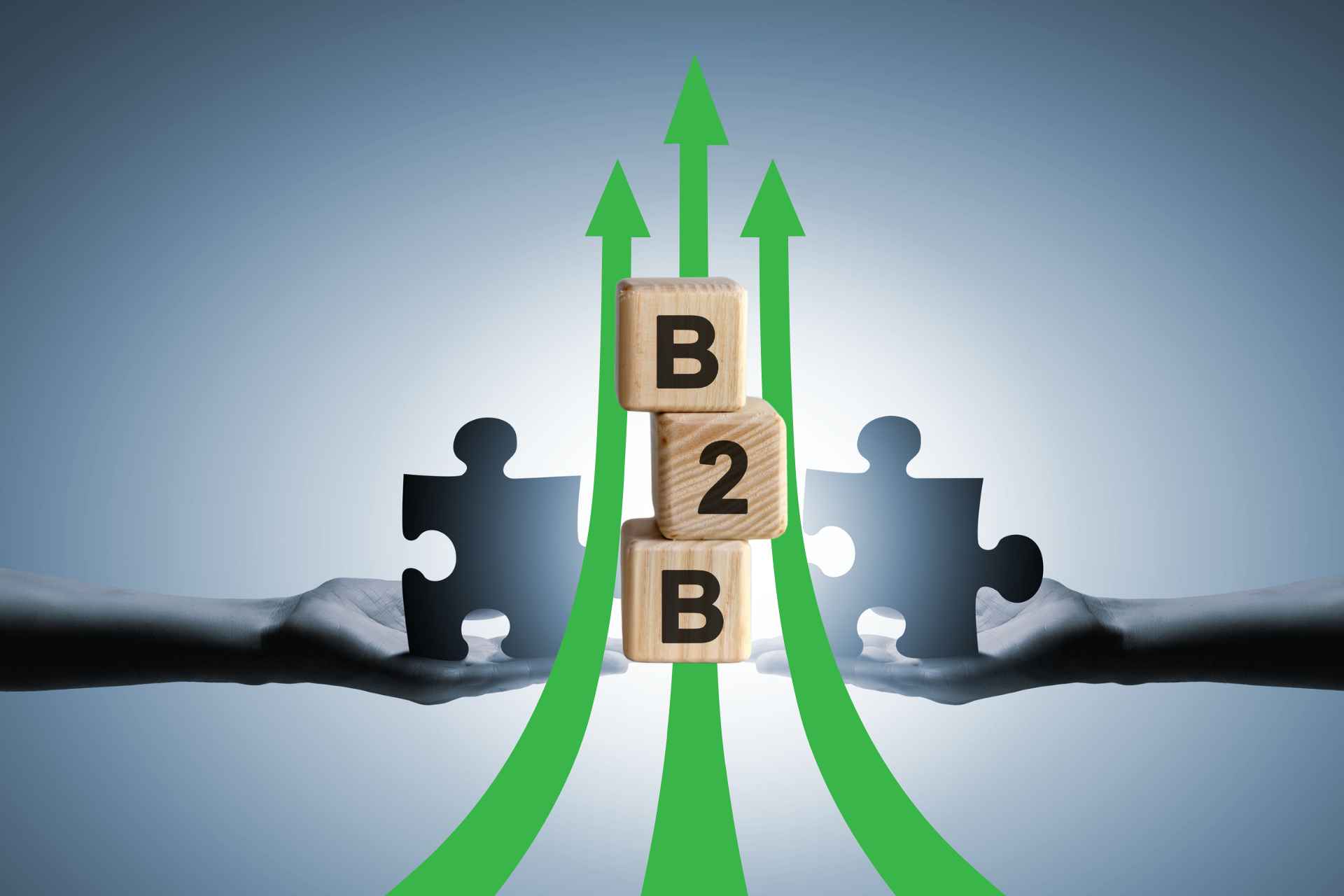
In today’s digital age, a robust online presence is indispensable for businesses. A well-chosen Content Management System (CMS) is the cornerstone of this presence, enabling efficient content creation, management, and delivery. With the proliferation of options, selecting the right SaaS CMS has become a critical decision.
SaaS CMS: A Cloud-Based Solution
Unlike traditional CMS platforms that require on-premise installation and maintenance, SaaS CMS is a cloud-based service. This model offers several advantages, including:
- Ease of Use: SaaS CMS platforms are generally more user-friendly, catering to both technical and non-technical users. Many platforms provide intuitive interfaces and drag-and-drop editors, simplifying content creation and management.
- Rapid Deployment: Implementing a SaaS CMS is a relatively quick process, requiring minimal setup and configuration. This allows businesses to get their online presence up and running swiftly.
- Scalability: SaaS CMS can easily accommodate growth, allowing businesses to scale their online presence without significant technical overhead. As your business expands and your content needs increase, a SaaS CMS can effortlessly handle the additional load.
- Cost-Effectiveness: While there are recurring subscription fees associated with SaaS CMS, these can often be more cost-effective in the long run compared to the upfront costs and ongoing maintenance of traditional on-premise CMS.
- Regular Updates: SaaS CMS providers typically handle updates and maintenance, ensuring that your platform is always up-to-date with the latest security patches and features.
Key Considerations for Choosing a SaaS CMS
When selecting a SaaS CMS, several factors must be carefully evaluated:
- Flexibility and Scalability: The CMS should be adaptable to changing business needs, allowing for easy expansion and customization. It should also be able to handle increased traffic and data volumes. For example, if your business plans to launch new products or services, the CMS should allow you to easily create and manage new content sections.
- Security: Data security is paramount. Ensure the SaaS CMS provider has robust security measures in place to protect sensitive information. Look for features like data encryption, regular security audits, and compliance with industry standards like GDPR or HIPAA.
- Integration Capabilities: The CMS should seamlessly integrate with other essential business tools, such as CRM, marketing automation, and analytics platforms. This integration allows for a more streamlined workflow and better data management.
- Cost: Evaluate the pricing structure, including subscription fees, additional charges for plugins or integrations, and potential hidden costs. Consider the long-term cost of the CMS, including any potential upgrades or additional features that may be required in the future.
- Vendor Reputation: Research the vendor’s track record, customer reviews, and support services. A reliable and responsive vendor is crucial for a smooth CMS experience. Look for vendors with a strong reputation for customer satisfaction and a history of successful implementations.
- Ease of Use: The CMS should have an intuitive interface that is easy to navigate, even for users with limited technical expertise. A user-friendly CMS can help your team become more productive and reduce the need for extensive training.
- SEO and Mobile-Friendliness: Ensure the CMS supports SEO best practices and is optimized for mobile devices to enhance visibility and user experience. A CMS that is SEO-friendly can help your website rank higher in search engine results, while a mobile-friendly design ensures a great experience for users on all devices.
- Content Management Features: The CMS should provide essential features like content creation, editing, publishing, and version control. Look for additional features like content scheduling, collaboration tools, and built-in analytics that can help you manage your content more effectively.
- Collaboration Tools: If multiple stakeholders are involved in content creation, look for a CMS that facilitates collaboration and workflow management. Features like user roles and permissions, comment threads, and content approval workflows can help streamline the content creation process.
- Support and Training: Adequate support and training resources are essential for maximizing the CMS’s potential and addressing any issues promptly. Look for a vendor that offers comprehensive support options, including documentation, online tutorials, and live chat or phone support.
Choosing the Right CMS: A Case Study
Imagine you’re a small business owner looking to launch a new online store. You need a CMS that can handle product catalogs, shopping carts, and payment processing, as well as provide a user-friendly interface for managing your online store. After careful consideration, you decide on a SaaS CMS that offers e-commerce features, integrates with popular payment gateways, and provides a drag-and-drop interface for creating product pages and customizing your store’s appearance.
Conclusion Choosing the right SaaS CMS is a strategic decision that can significantly impact a business’s online success. By carefully considering factors such as flexibility, scalability, security, integration, cost, vendor reputation, ease of use, SEO, mobile-friendliness, content management features, collaboration tools, and support, businesses can make an informed choice and lay a strong foundation for their digital presence.






































































































































































































